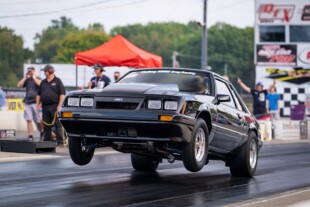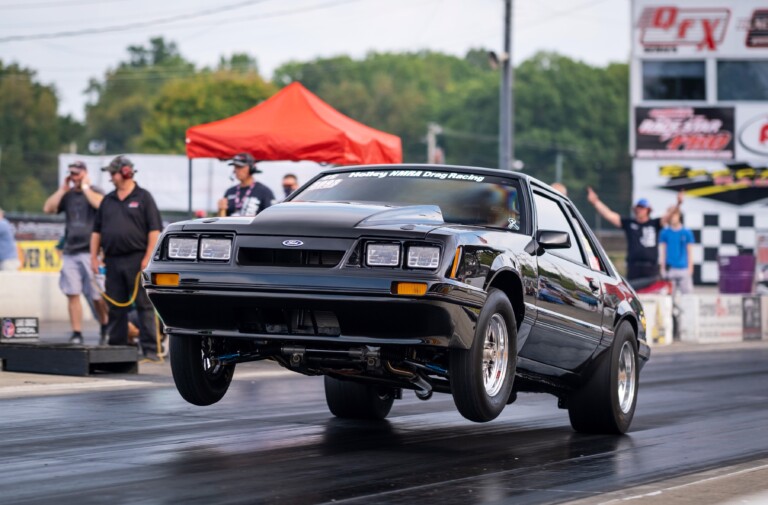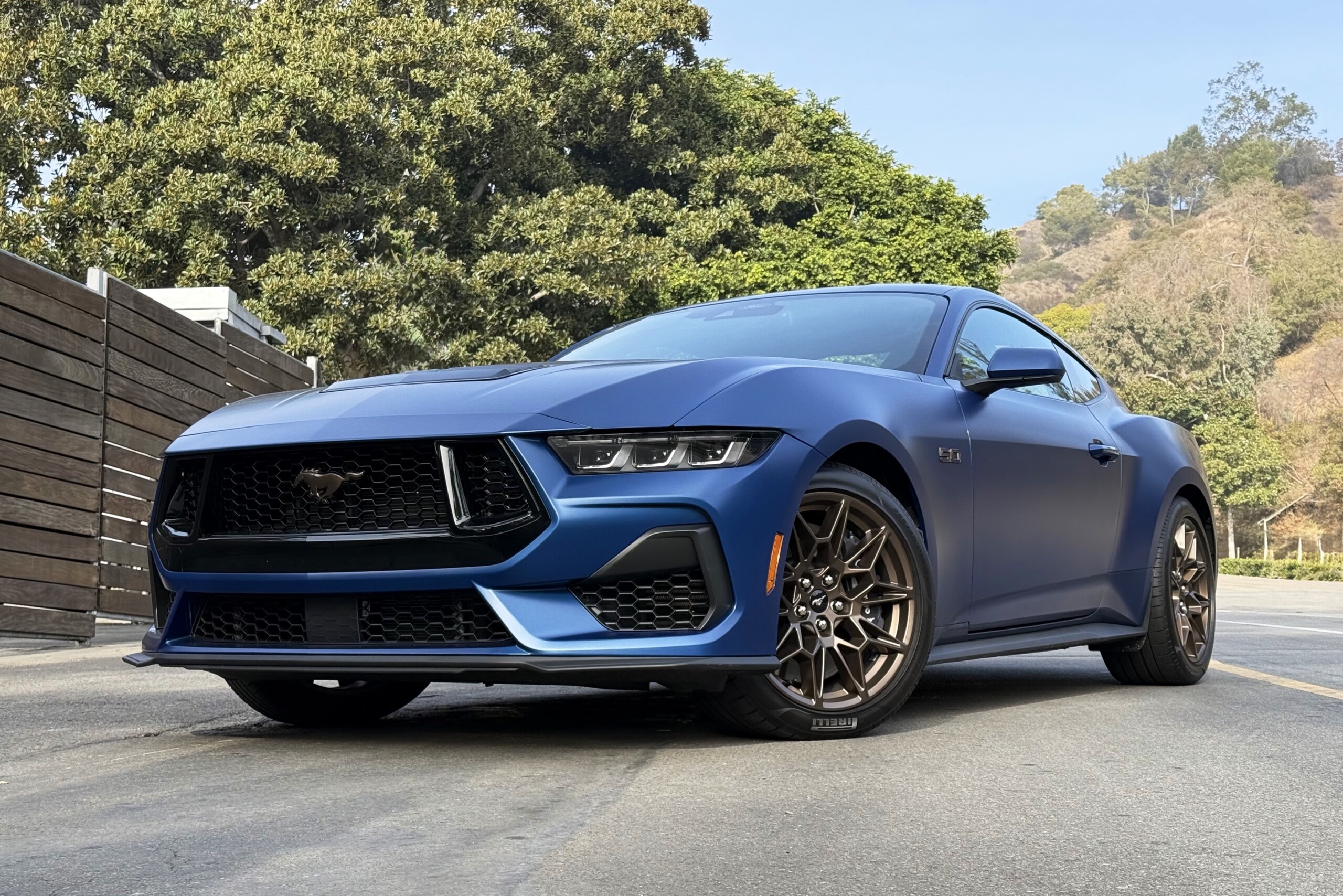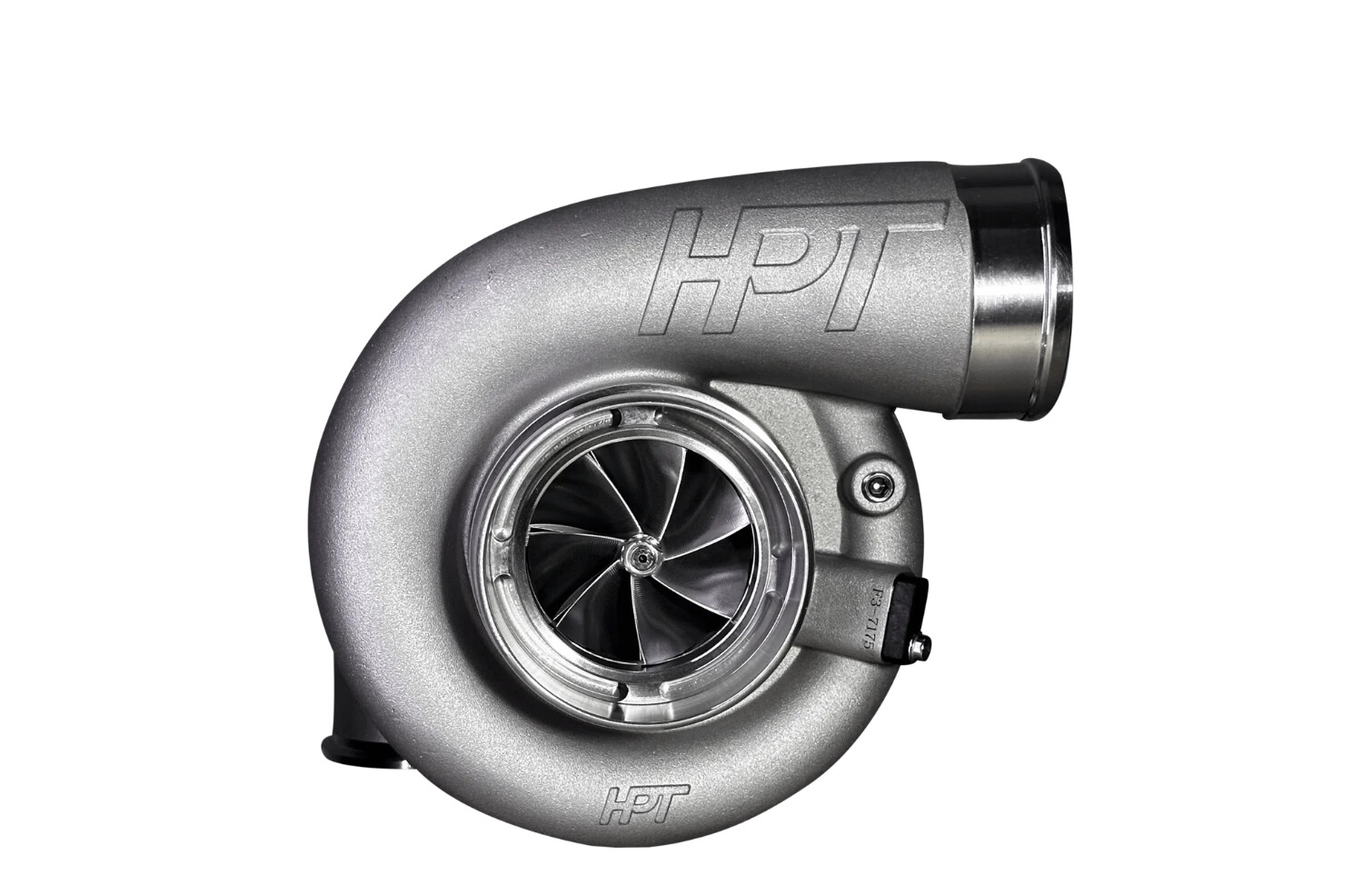Breaking tradition, Ford launched the seventh-generation Mustangs with an all-new performance variant dubbed the Dark Horse. Rather than leaning into a classic performance brand, the new pony blazed its own trail and pushed the performance of a naturally aspirated 5.0-liter Mustang to a new level. It paired 500 horsepower with sharper handling and insane stopping power.
We’re going to do a bolt-on build series with this car where we’re going to kind of walk you through some new product development… — Dan Snyder, SPE Motorsport
While that level of performance was impressive right off the dealer lot, enthusiasts aren’t about to leave well enough alone. A higher level of factory performance just makes for a better foundation for even more performance. Dan Synder and the team at SPE Performance are sharing the build of their Dark Horse in a video series that offers insight into the product development, testing, and installation of the upgrades on this car.
As part of its Dark Horse build series, SPE Motorsport tested a 3D-printed prototype of its forthcoming intake kit for the S650’s Gen 4 Coyote 5.0-liter engine. The series offers an educational inside look at the development, installation, and testing of upgrades on this special stallion.
“…We have a 24 Dark Horse behind us, and we wanted to put together a build series for you guys, so we’re going to do a bolt-on build series with this car where we’re going to kind of walk you through some new product development…” Dan explained in the first video of the series, which began with baseline dyno testing. “…The car is completely bone stock, so we want to show you guys kind of how to install the parts, what goes into developing them, and then obviously the outcomes of doing all that work…”
Behind The Build
In the second video, he installed and tested a 3D-printed version of the company’s forthcoming intake system for the Gen 4 Coyote 5.0-liter engine’s dual-throttle body intake. This system leverages the stock air boxes but replaces the airbox lids and inlet tubes with higher-flowing versions, which deliver both improved performance and cooler charge temps on the dyno.
“Having a more open design is, obviously, going to help with that you get quicker volume faster in the box and into the engine, so I think on a track time basis, it’s going to look like more than 10 horsepower,, but for a starting point on the dyno, I’m pretty happy with that,” Dan said in the second segment.
In the third installment, Dan covered the differences between the Dark Horse and the standard Mustang GT while explaining how SPE’s Trac Bite System can fortify the factory suspension and deliver improved performance.

Testing of the SPE Motorsport prototype intake upgrade showed modest gains and lower inlet air temperatures. Stay tuned to the company’s YouTube channel to follow along with the next phase of the build.
“When you’re launching anything that has those rubber bushings that has a lot of movement built into it when that tire bites and you start applying power, everything has to move first move first before the car physically starts to move, so this is going to, therefore help eliminate all that,” Dan added in the third episode. “The other option that we have for the diff lockouts is a Delrin-style bushing, which helps in the same manner as the build aluminum ones, but they are a little softer material, so it eats up a little bit of that noise.”
This series is just getting warmed up, but it will be interesting to see how it progresses and what can be learned along the way. If you want to keep up with the build, you can visit the company’s YouTube channel here to subscribe.



















